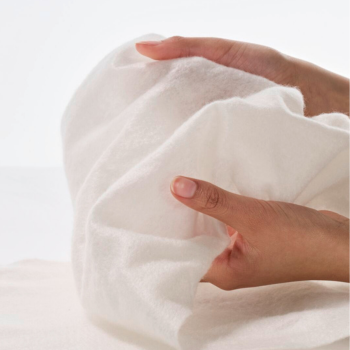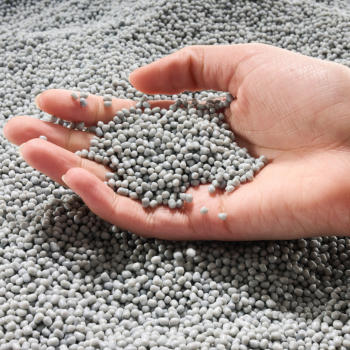Tuesday, April 15, 2025
Interview with Emilie Levaux, KURZ: Innovation in the Service of Sustainable Embellishment

KURZ, expert in thin-layer transfer technologies, will be exhibiting at the Edition Spéciale by Luxe Pack trade show. The company reveals its innovative approach of hot stamping and decoration, combining performance and environmental responsibility.
KURZ is known for its hot stamping and decoration solutions. What sets your technology apart ?
Emilie Levaux: Our technology is based on an ultra-thin transfer of decorative lacquer, with a thickness of 1.5 to 3 μm, using an extremely thin polyester carrier, called PET. As opposed to other processes, no plastic film remains on the final product, ensuring a premium and environmentally friendly finish.
Your environmental commitment is at the core of your approach. How do you integrate it into your products ?
Emilie Levaux: We have zero tolerance regarding the raw materials we use, which do not contain volatile hydrocarbons, halogens, cadmium, lead, mercury, or hexavalent chromium, and thus comply with REACH regulations. Additionally, we have reduced the thickness of our PET carrier from 12 to 10 µm for hot stamping and down to 6 μm for cold stamping, thereby minimizing resource use


